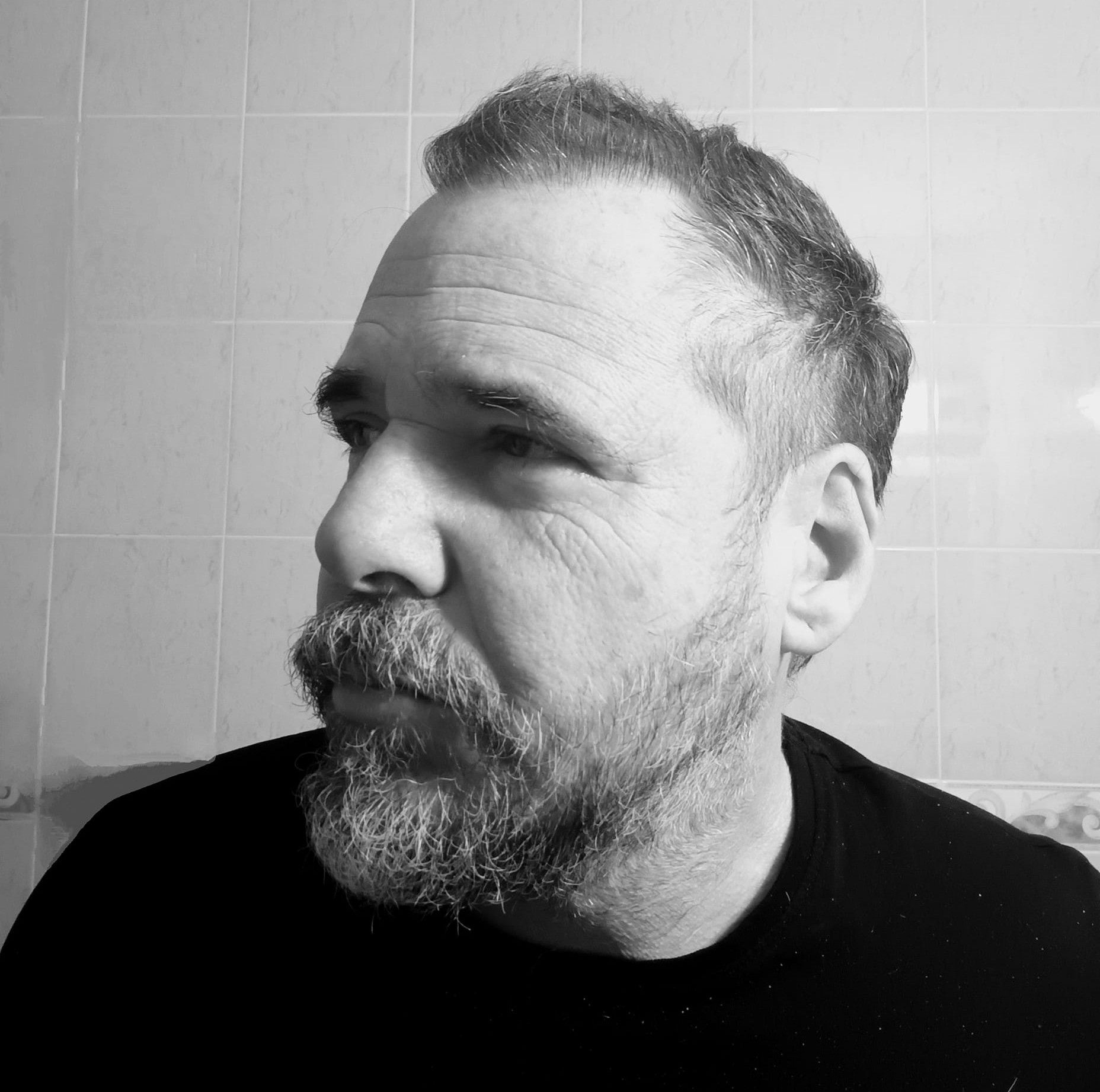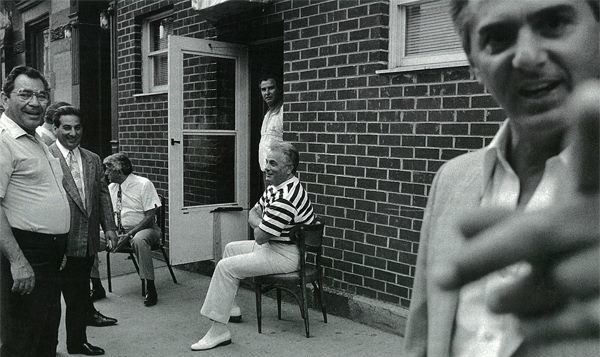Summary
Here I discuss the origins of Mafia terminology, the hierarchy and culture of organized crime, and the stark contrast between cinematic depictions and real-life struggles of made men. Curious about the untold truths of this secretive underworld compared to how it is presented in pop culture? This is for you.
Myth #1: There is no “Mafia” in America
Well, technically, that is true. There is Italian-American organized crime, but there is only one true “Mafia” in the world, and that is in Sicily. While I’m nitpicking here, many people are unaware that the term “Mafia” is strictly a Sicilian word. Even in the Old Country, there are several high-powered criminal organizations, but only one “Mafia.” In Calabria, the crime syndicate is called the ’Ndrangheta; in Puglia, it is the Sacra Corona Unita; and in Naples, the Camorra, among others.
Here in America, “Mafia” is essentially a Hollywood and media term. The first known use of the term supposedly appeared in 1869 in the New Orleans Times. The original Italian and Sicilian criminals didn’t step off the boat and announce, “Hi! We’re the Mafia!” There were no direct ties or oversight from Sicily at the time. Italian organized crime in America began with dozens of separate, loosely connected clans of criminals in New Orleans and New York City, who were largely engaged in wars with one another. Early journalists, unfamiliar with the secretive nature of the organization, assumed a connection to the Old World.
While the term “Mafia” has become incorrectly interchangeable in popular culture to describe any perceived powerful group (e.g., “Chinese Mafia,” “Jewish Mafia,” “Amish Mafia”), it is strictly Sicilian in origin. In real life, most “made” men refer to their organization as “The Life,” “This Thing of Ours,” or simply “Our Thing.”
One of the first American mob informants, Joseph Valachi, testified in the 1960s that the American “Mafia” was formally known as “Cosa Nostra,” a generic Italian term meaning “Our Thing,” which doesn’t necessarily refer to a criminal organization. For some reason, the FBI added the article “La,” making it “La Cosa Nostra” in America—a term that has since become ingrained in popular culture.
The adoption of the term by Sicilians remains unclear, but in the 1980s, informant Tommaso Buscetta revealed that the Mafia in Sicily also used “Cosa Nostra.” Today, the generally accepted distinction is “Cosa Nostra” in Sicily and “La Cosa Nostra” in America.
Myth # 2: Charlie “Lucky” Luciano established the Five Families
In the early 1930s, Sicilian-born Salvatore Maranzano was sent to New York City by a powerful crime boss to create chaos and seize control of the city’s criminal operations. Maranzano went on to play a pivotal role in shaping the modern structure of the American Mafia. Following the bloody Castellammarese War—a power struggle between Maranzano and long-time NYC underworld leader Giuseppe “The Boss” Masseria—Maranzano emerged victorious and sought to impose order on the city’s burgeoning and lucrative criminal underworld. Drawing inspiration from the hierarchical structures of ancient Roman armies, Maranzano envisioned a more organized and efficient criminal network.
To achieve this, Maranzano established the Five Families, a system designed to decentralize power and prevent internal conflict. Each family operated as an independent entity with its own territory and leadership but adhered to a shared set of rules under Maranzano’s oversight as the self-proclaimed “Boss of Bosses.” This arrangement minimized disputes and streamlined key enterprises such as gambling, bootlegging, extortion, and loan-sharking. Among the leaders Maranzano appointed was Charles “Lucky” Luciano, who was placed in charge of what would later become the Genovese Crime Family. While Luciano eventually played a significant role in reshaping the Mafia—particularly with the creation of a national Commission after orchestrating Maranzano’s assassination in 1931—he did not establish the Five Families.
Although Maranzano’s reign was short-lived, his vision laid the foundation for the Mafia’s evolution. The establishment of the Five Families marked the transition from loosely affiliated criminal clans to a cohesive and structured network, setting the framework for organized crime in America that exists to this day. Allegedly 😉
Myth # 3: The Godfather series is based on reality
The Godfather trilogy, directed by Francis Ford Coppola and based on Mario Puzo’s novel, is among the most iconic film series in American history and the foremost depiction of organized crime in popular culture. However, there is little resemblance between the movies and the realities of organized crime. For better or worse, these films have shaped the public’s understanding of the Mafia.
Beyond the obvious fictional characters and dramatized historical events, here are a few notable discrepancies:
While it is not uncommon for relatives to be involved in organized crime, real Mafia “families” are not based on bloodlines but rather on initiation. For example, you don’t have to be related to Carlo Gambino to become a member of the Gambino Crime Family. The films’ emphasis on familial ties is a dramatic device, not a reflection of actual Mafia structure.
In The Godfather Part II (my personal favorite), young Vito Corleone (played by Robert De Niro) murders Don Fanucci, the leader of La Mano Nera (The Black Hand), and quickly gains power and respect in the neighborhood, eventually founding his own Mafia family. In reality, this scenario would be highly unlikely. After Fanucci’s death, there would have been dozens of hardened criminals vying to replace him. An unemployed outsider with no underworld connections, like young Vito, would have been eliminated almost immediately, and found in the East River within a week.
Additionally, in the series, the consigliere, Tom Hagen (played by Robert Duvall), is Irish. In real life, this would probably never happen. The consigliere is the most trusted member of a Mafia family’s inner circle, privy to all its secrets and operations. While non-Italians, including Irish and Jewish advisers, have historically worked with and advised the Mafia, a consigliere would most definitely be an Italian due to the trust and cultural ties required for the role.
In 2018, I had the privilege of being a guest on PBS to discuss these discrepancies and the broader influence of The Godfather films on public perception of the Mafia. You can watch a clip from the discussion here: PBS Segment on The Godfather.
Myth #4: Al Capone was in “The Mafia.”
Al Capone, one of the most infamous figures in American organized crime history, was never a member of the “Mafia” in the traditional sense. While Capone was a dominant force in Chicago’s criminal underworld, his operations were independent of the Mafia families across the country that adhered to the rules and structure established by The Commission, the governing body of organized crime in America.
The Commission was designed by Charles “Lucky” Luciano and his old neighborhood associate Meyer Lansky to resolve disputes and maintain order among criminal enterprises nationwide. Membership required strict adherence to its rules, many of which were rooted in Sicilian Mafia traditions and emphasized discretion and unity.
Capone and the Chicago Outfit were not invited to join The Commission, and by all accounts, Capone had no interest in being involved. While he occasionally collaborated with Mafia families on ventures such as bootlegging during Prohibition, the relationship was fraught with distrust. Capone’s flamboyant behavior, his penchant for violence, and his disregard for Mafia customs often clashed with the calculated and secretive strategies preferred by The Commission. New York bosses viewed his reckless approach as a liability, fearing it would draw unwanted attention from law enforcement.
The New York Mafia considered Capone an outsider whose methods jeopardized the carefully cultivated low profile of organized crime. His involvement in highly publicized events, such as the infamous 1929 St. Valentine’s Day Massacre, only solidified this perception. Such brazen acts stood in stark contrast to The Commission’s efforts to maintain secrecy and avoid public notoriety. Conversely, Capone reportedly viewed the Mafia’s rigid adherence to tradition and its hierarchical structure as overly restrictive and incompatible with his preferred style of operation.
Myth #5: All made guys are wealthy and powerful
You’ve seen the movies: high-rolling gangsters lounging in fancy restaurants, decked out in expensive suits and jewelry, martinis and cigars in hand, with Frank Sinatra crooning in the background as they discuss who’s getting whacked or their latest property deal in Miami. Well, no—not quite. First, real business is rarely, if ever, discussed in public places. Second, most made guys are not high-ranking shot-callers living in mansions.
The reality is far less glamorous. The average made man spends much of his career scrambling to make ends meet, as climbing the ranks in organized crime is no easy feat. As former Colombo Family capo Michael Franzese famously put it, “There are gangsters, and there are earners.” Even the earners who manage to enjoy their wealth must do so cautiously. You can only live within the means you can legally prove to the government. Tax evasion is one of the simplest ways to get pinched and thrown in prison, so how can you justify living in a $3 million home when 90% of your income comes from the street?
One way is by cultivating relationships. For example, a member might secure a “consulting” job with a concrete company for $100,000 a year and $100,000 with a brick manufacturer. That’s $200,000 in “legitimate” income, filed on your taxes, even though you never show up for work. The benefit to the companies? They get priority contracts for construction projects. But these arrangements are rare and fiercely guarded. Not everyone has the charisma to build such relationships, and those who do aren’t eager to share their connections.
Hollywood rarely captures the less glamorous side of the mob lifestyle, but there are exceptions. One movie that gets it right is Donnie Brasco. Al Pacino’s portrayal of Benjamin “Lefty” Ruggiero, a 35-year veteran of the Bonanno Crime Family, shows a man living in the same modest apartment he grew up in, perpetually short on cash, and at one point, breaking open parking meters for quarters. Similarly, The Sopranos nails this reality. Aside from Tony—the boss—who lives in a big house? Spoiler: no one. The rest of the crew is constantly hustling. In real life, by the time members pay their mortgages, car payments, mob dues, and feed their families, many are scraping by.
The truth is, the lifestyle is far from the glitzy image portrayed in most films. Instead, it’s a hard grind, with far more sacrifices than rewards for the average mobster. Throw in the very real and ever-present chance of violence and prison hanging over your head, it is, by all accounts, an incredibly stressful lifestyle.
This is just the tip of the iceberg. If you would like to learn more and follow in the footsteps of many of the figures discussed here, join me on a Mafia Walking Tour.

Eric is a 4th generation Lower East Sider, professional NYC history author, movie & TV consultant, and founder of Lower East Side History Project.

As usual brilliantly written. Growing up in the west village i knew these people and sometimes had to deal with them. The part about scraping by is very accurate. Selling stolen meat, parking meters, not glamorous.
Hey thank you, Joseph! That means a lot coming from you, with your pedigree. Be well.